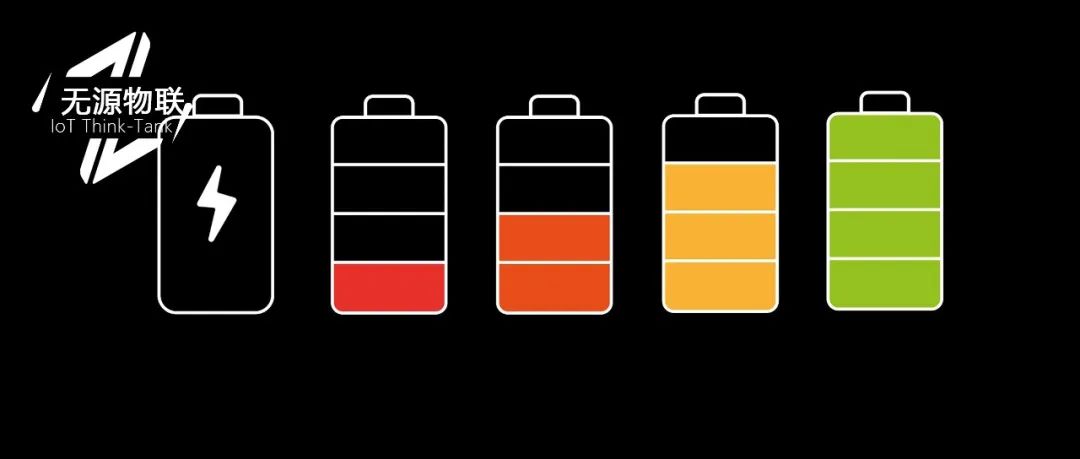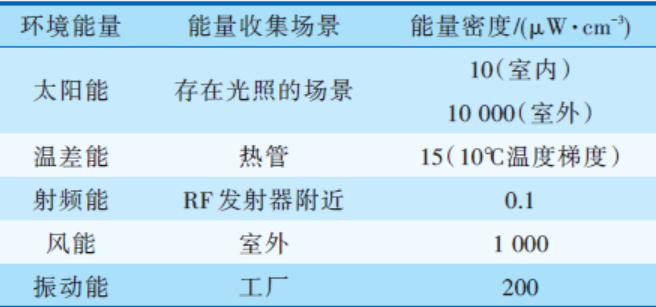
Author: Zhao Xiaofei
IoT Think Tank Original
Introduction

Low Power Consumption is a Main Line in IoT Development
Passive Upgrades for NB-IoT and LoRa are Underway
Further Breaking the Barriers of Passive NB-IoT and LoRa

On April 22, online
Join the Amazon Web Services AIoT Smart Home Event!
Scan the QR code below to participate!


